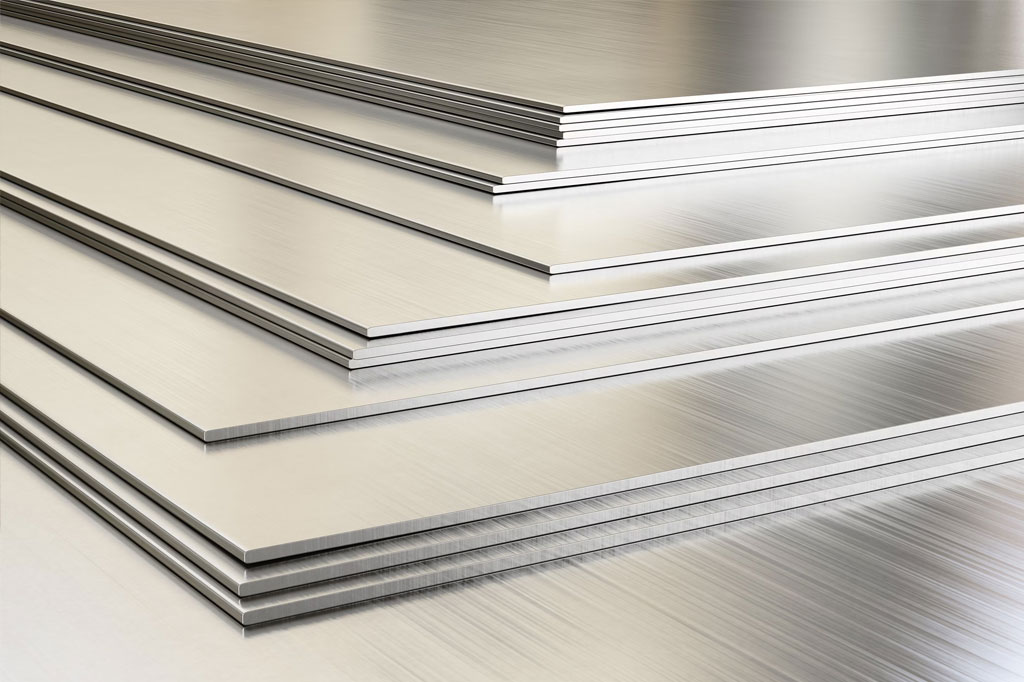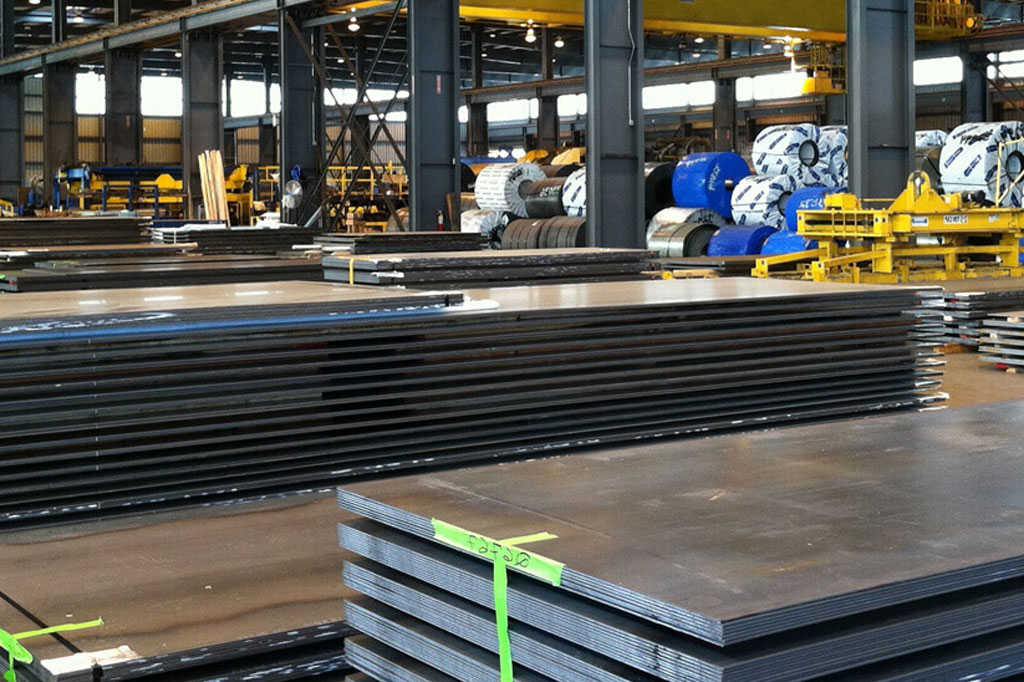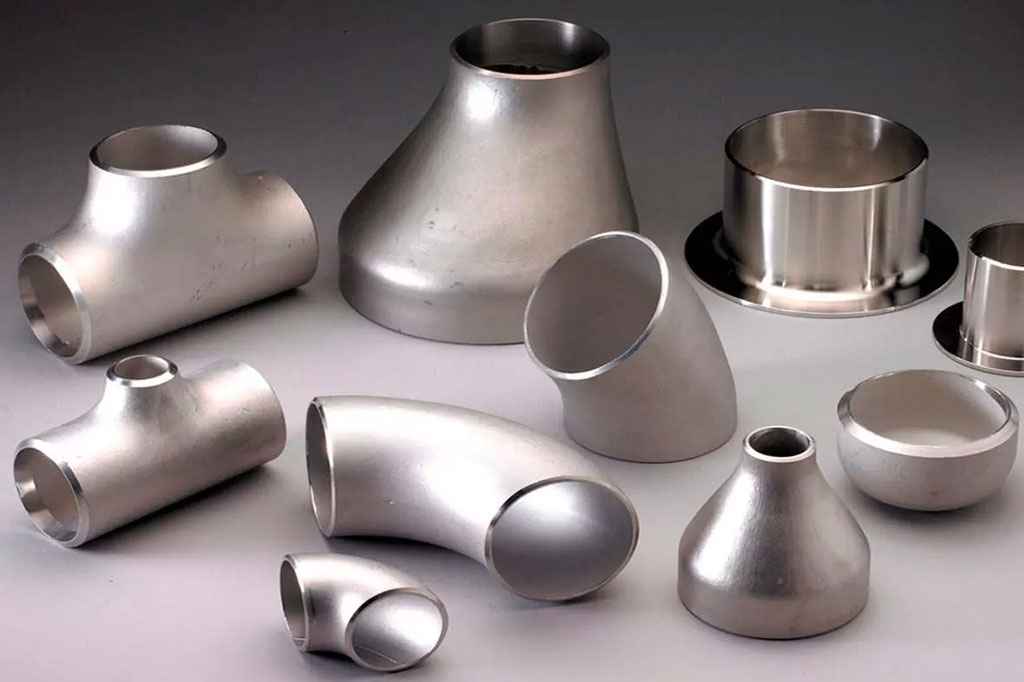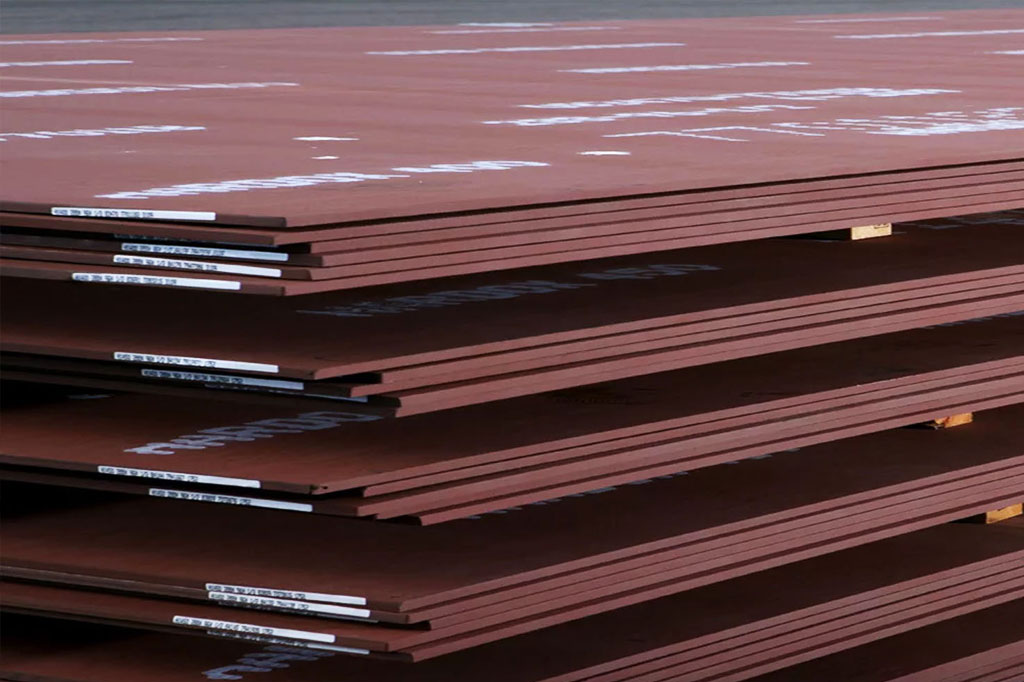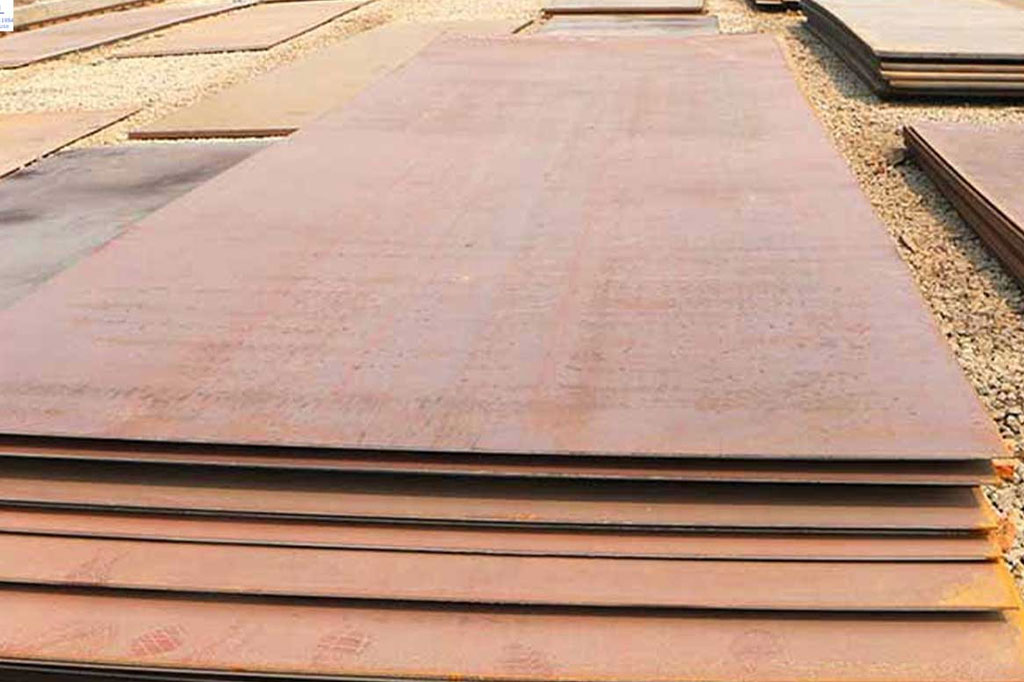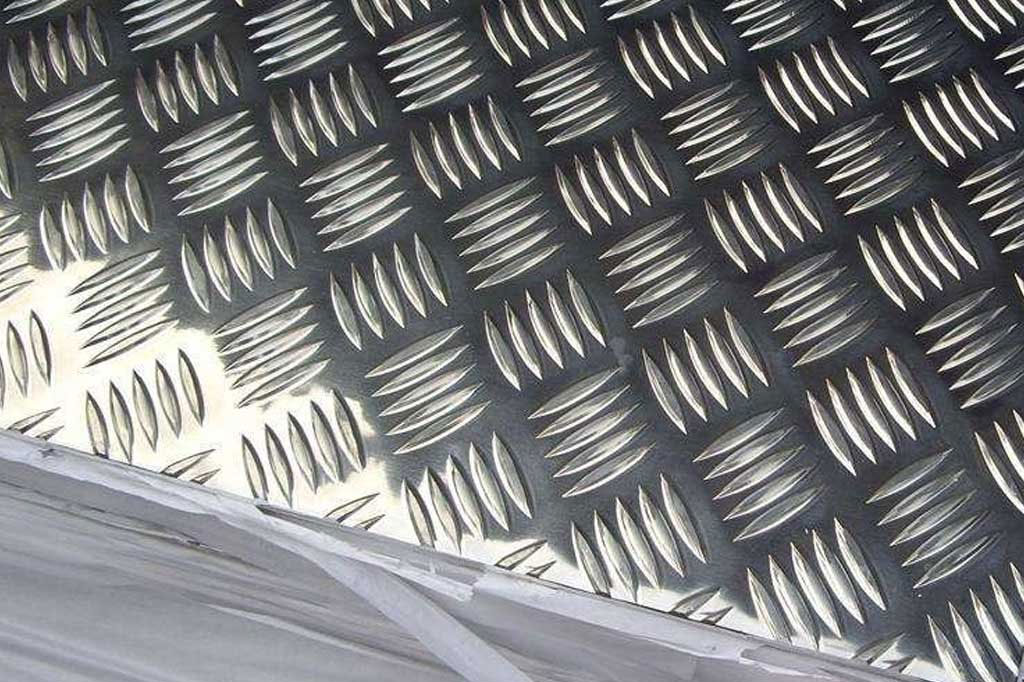
What is Alloy Steel
An alloy is a metallic substance composed of two or more elements, as either a compound or a resolution. The components of alloys are generally themselves metals, though carbon, a non-metal, is an important element of steel. Alloys are frequently produced by melting the mixture of ingredients.
The main purpose of alloying is to develop the properties of the base material in any advantageous way. Alloy steel compositions are described in terms of the percentages of the several elements in the alloy, where the percentages are calculated by weight.
What are properties of alloy steel
Alloy steels contain an extensive range of elements; every element can improve numerous properties of the material by providing corrosion resistance and mechanical thermal features. Elements added in small amounts of less than around 5 wt.% tend to develop mechanical properties, for example increasing hardened capacity and strength, while larger additions of up to 20 wt.% amplify corrosion resistance and stability at low or high temperatures.
Some important properties that can be enhanced by alloying are:
- Alleviate austenite: Components like manganese, nickel, cobalt, and copper amplify the temperatures between which austenite is present.
- Alleviate ferrite: Aluminum, Molybdenum, vanadium, and silicon have the effect of lowering carbon’s solubility.
- Carbide forming: Minor alloying metals, including tungsten, chromium, titanium, niobium, tantalum and zirconium, form carbides that – in steel – amplify strength and hardness. These kinds of alloy steels are used to manufacture hot work tool steel or high-speed steel.
- Graphitizing: Nickel, silicon and cobalt can reduce the constancy of carbides in steel, encouraging breakdown and the development of free graphite.
- Reduction of eutectoid concentration: Chromium, nickel, molybdenum, tungsten and silicon all can assist to lower the eutectoid concentration of carbon.
- Enhance corrosion resistance: Chromium, aluminum & silicon forms a defensive oxide layer on the surface, thereby protecting the metal from further corrosion in harsh surroundings.
What is alloy steel classification
Alloy steel is classified into two groups: high alloy steel and low alloy steel. The boundary between low alloy and high alloy steel is normally accepted as a 5% alloying element. For all practical purposes in the gas and oil industry low alloy steel is normally used.
Low-alloy steel finds application in an extensive range of industries due to their strength, machinability, cost-effectiveness and easy accessibility. They are commonly found in construction equipment, military vehicles, ships, pipelines, pressure vessels, oil drilling platforms and in structural components.High-alloy steels are mainly known for their better hardness, toughness and corrosion resistance making them perfect for automotive applications, structural components, chemical processing and power generating equipment. Product examples of high-alloy steels include Alloy steel plates & sheets.
What are examples of alloy steel
Alloy steels are formed by alloying steel with various other metals or metals in diverse proportions. The addition of metals has a significant effect on the properties of steel. Some of the alloy steels manufactured are tungsten steel, stainless steel, manganese steel, nickel steel, etc.
- Tungsten steel:
Tungsten steel contains 5% chromium, 20% tungsten and a small amount of vanadium. It obtains solidity on alloying with tungsten. Tungsten steel is used in making cutting tools and drilling tools.
- Stainless steel:
Stainless steel contains 18% chromium and 8% nickel. It provides corrosion resistance and high tensile strength. As a result, Stainless steel is used for manufacturing sinks, splash backs, medical appliances, cookware, kitchen appliances, automobile parts, utensils, cutlery, surgical instruments, etc.
- Manganese steel:
Manganese steel contains 7-20% manganese. This alloy is very hard, strong and resistant to wear and tear. Manganese steel is used for manufacturing jaws of crushers, hammer build-up, transport parts, crusher lines, grizzly bars, crusher/shredder hammers, truck bed bodies, shovel bucket pins, steel helmets, rock-crushing machinery, burglar proof safety lockers and railroad tracks.
- Nickel steel:
Nickel steel contains 2% nickel. It is solid, resistant to corrosion and flexible. Nickel steel has higher tensile strength than iron. It is used for making bicycle parts, automobile parts and aero plane parts.
- Silicon steel:
Silicon steel contains 15% silicon. It is extremely hard and resistant to acids. Silicon steel is used to make pipes for moving acids. Silicon steel, containing 35% silicon, is used for manufacturing electromagnets and transformers.
- Cobalt steel:
Steel containing up to 35% cobalt contains extremely great magnetic properties. Hence, cobalt steel is used for making permanent magnets.
What are the advantages of alloy steel
Alloy steel offers several advantages that pure metals don’t. Alloys provide the benefit of a custom combination of metals that combines the materials’ positive attributes.
The product manufactured using alloy steel has durable parts & enhanced solder ability. Alloy steel products have better electrical and thermal conductivity. Alloy steel products form a protective layer on them to provide resistance from corrosion. Products made using alloy steel are lighter in weight that gives them increased strength.
What is the most common alloy steel
Common examples of alloy steel include manganese (the most common one), chromium, nickel, molybdenum, vanadium, silicon, and boron. Less common examples of alloys include cobalt, aluminum, copper, cerium, niobium, titanium, tungsten, tin, zinc, lead, and zirconium.
What is high alloy steel
High-alloy steel is an alloy of iron that contains 10.5% of chromium. They have a mixture of 10% alloy. Chromium creates a thin layer of oxide on the surface of the steel and it is called a dormant layer. To give austenitic nature to the steel, high levels of manganese and carbon are added. The expanding measure of chromium offers a prolonged protection from erosion. High alloyed steel can stop utilization due to the high chromium content. Furthermore, they contain limits of silicon, manganese and carbon. It is used for the advantage in excellent hot gasses and fluids on different components at high temperatures. For example nickel and molybdenum is added to grant other helpful properties such as to enhance formability and extended consumption protection.
Grades:
ASTM A387 Gr. 5, 9, 11, 12, 22, 91 PlatesASTM A387 Gr. 5, 9, 11, 12, 22, 91 Sheets
Applications & usage of Alloy Steel
Alloy steel is used in various small and large scale applications they include:
- Alloy steel plates, sheets and coils, alloy steel bars, rods and wires, alloy steel pipes and tubes, alloy steel forged fittings, alloy steel butt-weld fittings, alloy steel flanges, fasteners and more.
- Alloy steels are used to make flat products such as alloy steel plates and sheets. Plates are available in an extensive range of grades and sizes. Alloy steel plates are used in the building and construction industry by joining plates into fabricated segments.
- Alloy steel has many applications in different industries like automobiles, mining, machinery and equipment, railways, road construction, buildings, appliances and off-shore applications.


